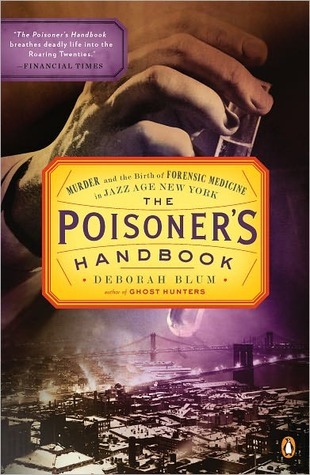By the end of the 1920s, researchers knew that tobacco smoke contained more than nicotine and carbon monoxide. They’d also found cyanide, hydrogen sulfide, formaldehyde, ammonia, and pyridine, the latter a component in industrial solvents. A few doctors had also charted the chronic ill effects—sore throats and coughs, bronchitis, and heart and circulation problems, from rapid pulse to blocked arteries. Some even suspected that the chemistry of cigarette smoke might be linked to cancer, although that idea had plenty of skeptics.
Welcome back. Just a moment while we sign you in to your Goodreads account.


